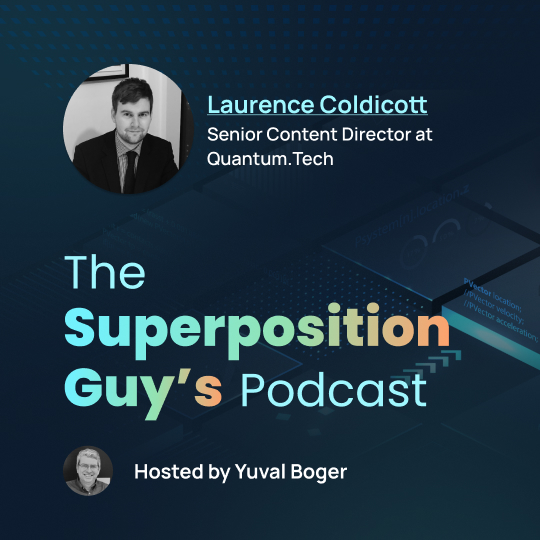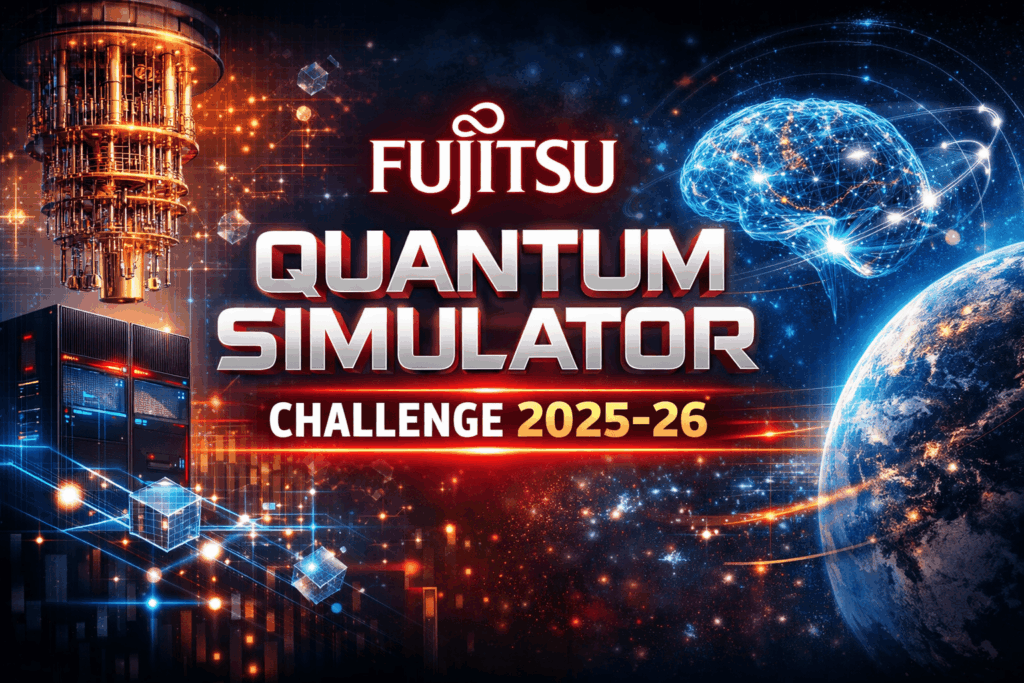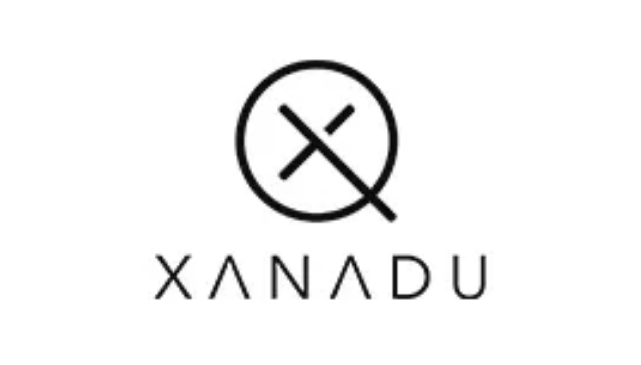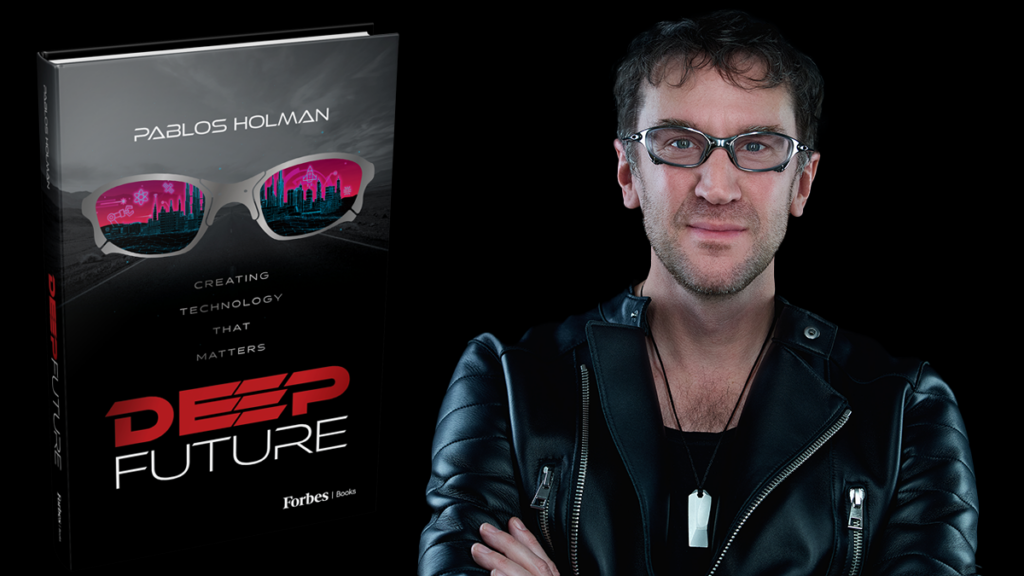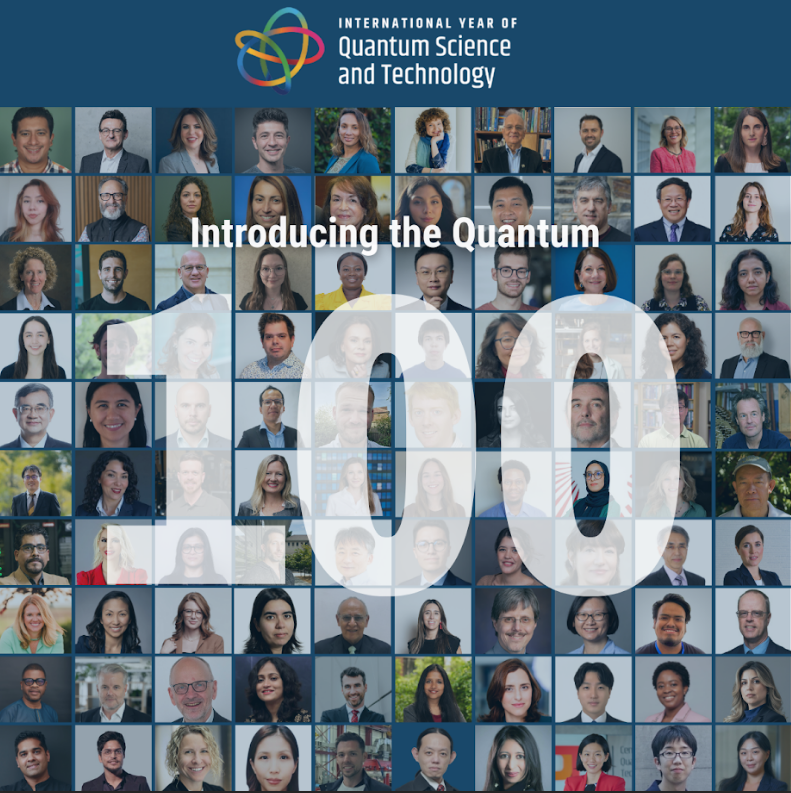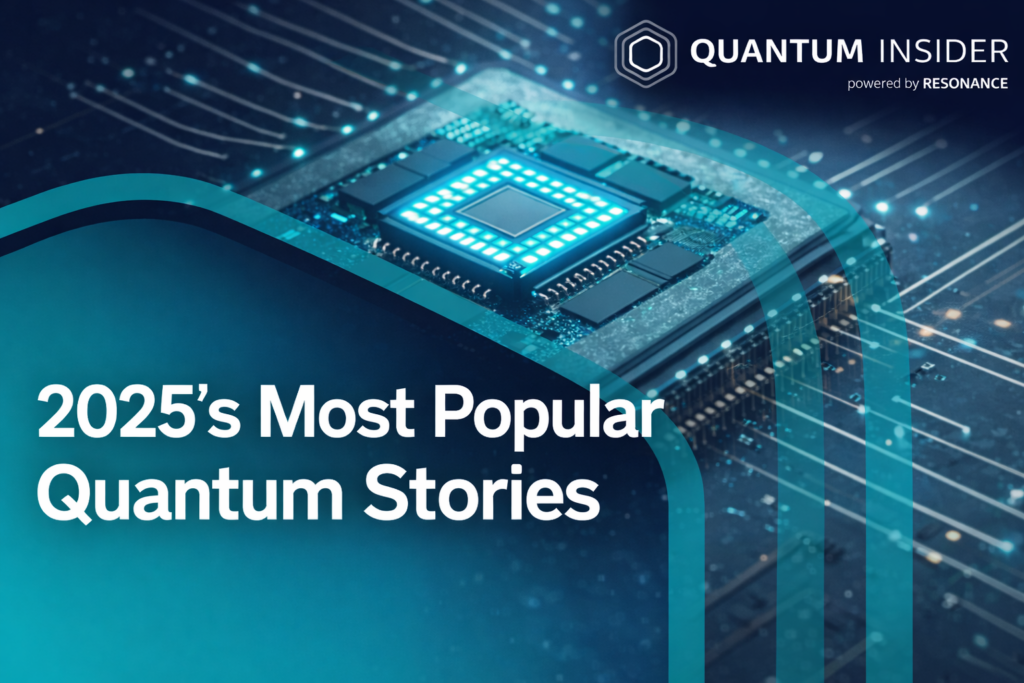Insider Brief
- The Midwest Integrated Center for Computational Materials (MICCoM) has received a three-year renewal with $3 million annual funding from the U.S. Department of Energy, established at Argonne National Laboratory in 2015
- Giulia Galli, MICCoM director and senior scientist, leads pioneering contributions in materials science, with affiliations at the University of Chicago and Argonne’s Materials Science Division
- MICCoM’s core mission involves theoretical models and computational tools for diverse material applications, pivotal for quantum technologies, energy conversion, and microelectronics
In a testament to its pivotal role in propelling advancements in materials design and exploration, the Midwest Integrated Center for Computational Materials (MICCoM) has been granted a three-year renewal with an annual funding of $3 million by the U.S. Department of Energy. Founded back in 2015, the center has its headquarters situated at the esteemed Argonne National Laboratory. Collaborative partners in this innovative venture encompass the University of Chicago, the University of Notre Dame, and the University of California, Davis.
At the vanguard of this stands Giulia Galli, a distinguished figure in the field of materials science. Serving as both the director of MICCoM and a senior scientist within Argonne’s Materials Science Division, Galli’s leadership is a driving force behind the center’s groundbreaking contributions. She is also a prominent professor affiliated with the Pritzker School of Molecular Engineering and the Department of Chemistry at the University of Chicago.
Central Mission
Central to the mission of MICCoM is the utilization of theoretical models and computational prowess in shaping the landscape of new materials across diverse applications. The overarching objective revolves around the application of theoretical techniques and software to dissect, simulate and foresee material properties at the atomic and molecular levels.

In alignment with this mission, MICCoM spearheads the development and distribution of an array of interoperable computer tools. A significant aspect of their undertakings is affirming the soundness of theoretical models and codes that underpin the understanding of material characteristics and behaviours. This commitment is bolstered by their role in delivering meticulously curated, reproducible materials data, a critical necessity in an era characterized by the dominance of artificial intelligence and machine learning.
Solving Materials Science Problems
“The MICCoM team has been at the forefront of developing simulation methods and codes and solving cutting-edge materials science problems,” said center director Giulia Galli.
The inception of MICCoM in 2015 marked a steadfast focus on pioneering materials for energy conversion, particularly nanoparticle-based solids primed for sunlight-to-energy transformation. The center’s trajectory took a compelling turn in 2019 when it embarked on a journey into the realm of materials modelling and simulation tailored for quantum technologies. This strategic pivot harnesses the extraordinary phenomena unfolding at the quantum scale, laying the groundwork for groundbreaking materials catering to quantum computing, sensing, and communication domains.
“In the last eight years, MICCoM has positioned itself to be a sustained innovation factory for new simulation strategies to solve materials science problems,” continued Galli, before adding: “We have also been providing exemplary open-source software, data and validation procedures to the scientific community.”
As the renewed chapter unfolds, the forthcoming three years will witness MICCoM’s dedication to energy conservation, manifesting in the design of materials catering to low-power microelectronics. This initiative comes as a response to the critical need for fresh computational pathways to usher in materials and devices that align with the imperative of energy-efficient microelectronics. By undertaking this, MICCoM not only contributes to U.S. leadership in microelectronics research but also injects renewed vigour into the semiconductor manufacturing landscape.
“The scientific community has greatly benefitted from the computational capabilities developed by MICCoM, including Argonne itself,” said Amanda Petford-Long, director of Argonne’s Materials Science Division. “As one example, MICCoM modelled spin defects, with potential applications as qubits, to understand their formation. I am also very excited that the mission of MICCoM now extends to include low-power microelectronics. We will greatly benefit from their research.”
MICCoM’s legacy extends beyond its confines, with contributions to the Advanced Materials for Energy-Water Systems Center, an Energy Frontier Research Center nestled within Argonne. This initiative is committed to unravelling the intricacies of water-solid interfaces, pivotal for safeguarding the availability of clean water and extracting critical resources from this life-giving element.
Further underlining the center’s comprehensive influence, MICCoM plays an active role in the U.S. Department of Energy National Quantum Information Science Research Center (Q-NEXT), also headquartered at Argonne. Through its sophisticated codes, MICCoM enables simulations of material behaviour in controlling and disseminating quantum information, a domain poised to redefine computing paradigms.
Training a Future Workforce
“Equally important, we are training the future workforce in computational materials science,” said Galli.
With that objective in mind, the MICCoM team guides students and postdoctoral appointees, arranges workshops, creates online tutorials, and delivers inventive educational courses.
In the world of quantum computing, materials innovation stands as a cornerstone of progress. As MICCoM continues to flourish, its efforts resonate not only within its immediate sphere but across the broader tapestry of scientific innovation.
Featured image: Prof. Giulia Galli (center) works with postdoctoral researcher Elizabeth Lee (left) and graduate student Hien Vo in 2019. Photo by Jean Lachat
For more market insights, check out our latest quantum computing news here.











